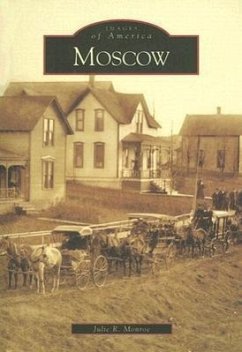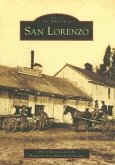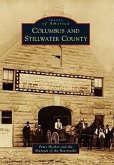Each spring for centuries, the Nez Perce Indians visited the area they called Taxt-hinma (place of the spotted deer) to harvest the camas root. Today Taxt-hinma is Moscow, Idaho, a forward-looking university community dedicated to preserving the spirit of place that attracted the area's first permanent settlers in 1871. Originally known as Paradise, Moscow started out as a trading center serving homesteaders settling the prodigiously fertile Palouse. Since its incorporation as a city in 1887, Moscow has grown steadily upon a foundation of education and agriculture. From its central core of notable commercial and public buildings to the splendid houses that once sheltered its founders to the scenic University of Idaho campus, Moscow is clearly a community that values its cultural, economic, architectural, and natural heritage.
Hinweis: Dieser Artikel kann nur an eine deutsche Lieferadresse ausgeliefert werden.
Hinweis: Dieser Artikel kann nur an eine deutsche Lieferadresse ausgeliefert werden.








